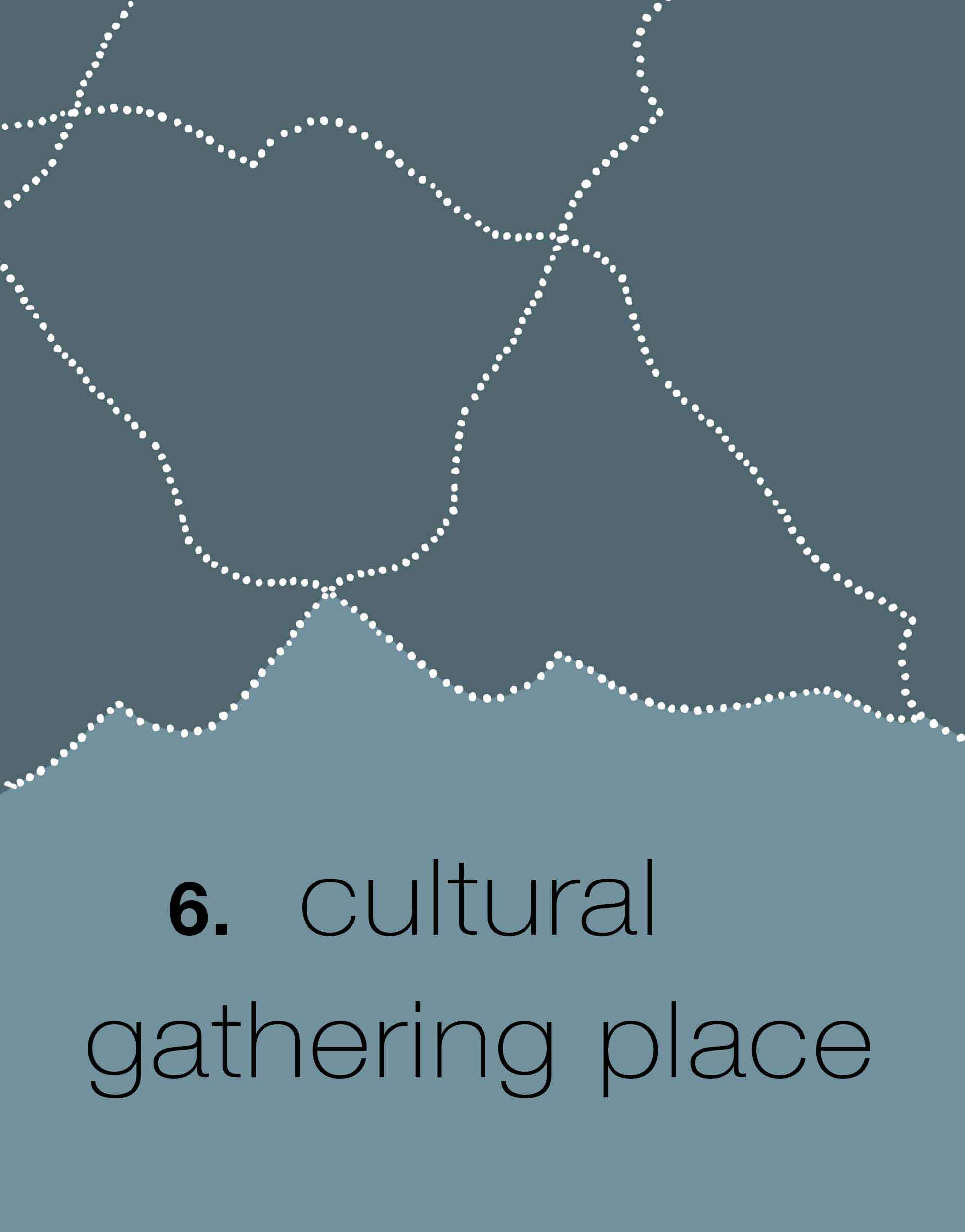Along the Coastal Recreational Path ...

Set amongst the forest fringing a low lying wetland the Cultural Gathering Place is a place of learning – a place where small groups can gather and knowledge can be shared and exchanged. The importance of community identity, language and storytelling as part of maintaining connections to Country is recognised here.
The stories in the sign
The scroll through section below presents the information contained in the sign on site at this interpretive node.
As well as allowing you to explore this material again, it means that non-English speaking visitors and others not easily able to read the signs can connect with this content via their mobile devices. Adjust your internet browser settings to activate translation and/or text-to-speech options.
The map below shows the extent of peoples using the Bundjalung - Yugambeh languages [after Crowley 1978]. Dialect and group names are not shown.
The social connection of Aboriginal people across Australia can be expressed in
a number of different ways.
One way is through language, and the Bundjalung
people of north-eastern New South Wales recognise their connection with each
other through a base language known as the Bundjalung-Yugambeh Language
Chain.
The region of this common base language extends from Grafton and the Clarence
River in the south, west as far as Tenterfield and the Great Dividing Range,
up to Warwick in south-east Queensland, and east across to the coast around
about the Logan River (south of Brisbane).

This is a large geographic area which
contained between 11 and 21 dialects, not all of which are spoken today.
Descendants
of the ‘old people’ (as ancestors are respectfully referred to within an
Aboriginal community), within this region generally continue to recognise and
maintain their common language, social and spiritual connections.
Here around Ballina, the traditional Aboriginal custodians of this country are the Nyangbul People (also spelt Nhangbul) a cultural sub-group and linguistic dialect group of the greater regional Bundjalung-Yugambeh Language Chain.
The Nyangbul language was first documented in 1892.
Many white people in positions of authority over Aboriginal people saw the continued use of native language as a threat and as Lois Cook recalled in an interview with Uncle Douglas Cook in 1983, people spent 'jail time' as a result.
In the same conversation Lois and Uncle Douglas also spoke about the kinship ties that guided Aboriginal society.




